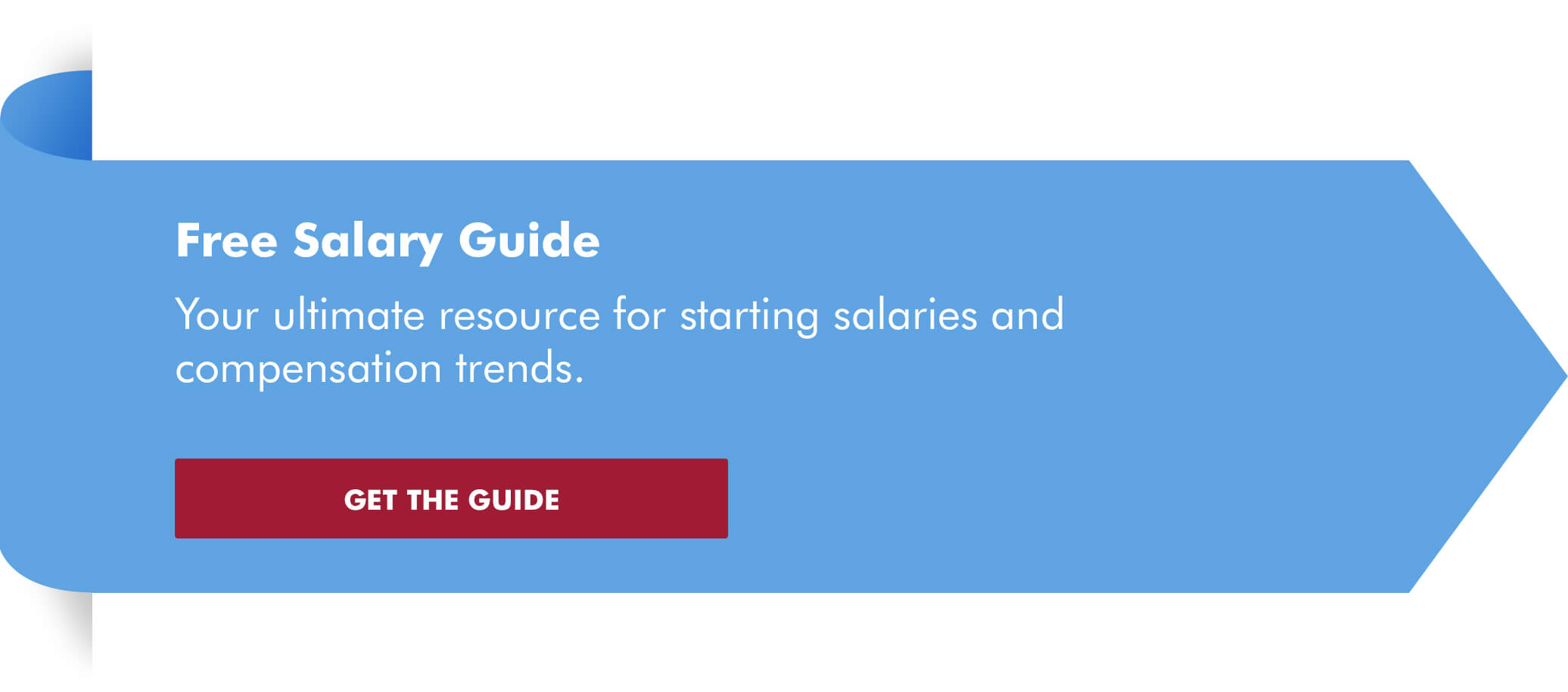The elevator speech — everybody says you should have one when you’re on the job hunt. But what exactly are you supposed to say to make your pitch memorable and effective?
At the one moment when your words matter most, it’s all too easy to get tongue-tied. The best way to overcome nervousness is to plan your elevator speech and practice until you can deliver it effortlessly. But before you start crafting the perfect pitch, you need to find ways to tailor it to your current job search. Analyze the type of role you’d like and the kind of company you feel would be most ideal.
Also, keep in mind that while it’s called an “elevator speech,” you’re most likely not going to be in a small confined space when you need to use it. You may be at a conference, a networking event or even a weekend barbecue. You never know when you might bump into a hiring manager or potential employer. Get ready now so you won’t be left speechless when opportunity knocks. A persuasive introduction delivered with skill might just pave the path to your next interview.
Here are three elevator speech examples to consider the next time someone opens a conversation with the question “What do you do?”
Robert Half has been helping job seekers find great career opportunities since 1948. Enlist our placement specialists to find the right job for you.
Elevator speech example 1: Explain your benefits
The benefits-focused elevator pitch is structured something like this: “I do X for Y to achieve Z.”
All you need to do is fill in the blanks. How you fill them in depends on your career and the type of role you want. Just make sure you’ve crafted the pitch so that the benefit, Z, sounds as strong and compelling as possible. Show that you are a proven problem solver. Keep it simple and steer clear of buzzwords and jargon that could muddle your message.
So, a senior accountant meeting a financial executive might start out by saying, “I oversee the accounts of medium-size retailers to give them the information they need to make the right business decisions.”
Elevator speech example 2: Tell your story
People not only enjoy stories, they are also more likely to retain the information later on. A short storytelling elevator pitch is delivered in three concise acts: What you did, what you’re doing now and where you want to go next. Use each part to express your most relevant professional experience and ambitions in the context of how they relate to your job hunt.
For example, an experienced data specialist might say, “I fell in love with technology after winning a programming contest in eighth grade. That led to a degree in computer science, and I’ve now worked in IT for eight years. I recently wrapped up a contract as a senior data analyst with a big bioinformatics company, and I’m now looking for opportunities with other large medical data organizations.”
Elevator speech example 3: Target your market
One thing you’ll want to include in your pitch is a clear message about the job market niche that interests you. In our first example, the target niche was “accounts” in “medium-size retailers.” In the second example, it was “data analyst” and a “large medical data company.”
To bring your target market to the forefront of your elevator pitch, try this example: “I work with Y organizations by doing X to achieve Z.” A graphic designer might begin with something like “I work closely with clothing designers to create original graphics to make their marketing and advertising programs more effective.”
Once you’ve prepared your 30-second speech around the role and company profiles you want to target, start practicing. You might even record yourself on video to time yourself and make sure you come across as confident and relaxed. Asking friends or family members for feedback is another good ;idea.
Update your speech or subtly tailor it as your career interests change. Doing so will help you to make a great impression, expand your opportunities and, eventually, bring your job hunt to a successful ending.






